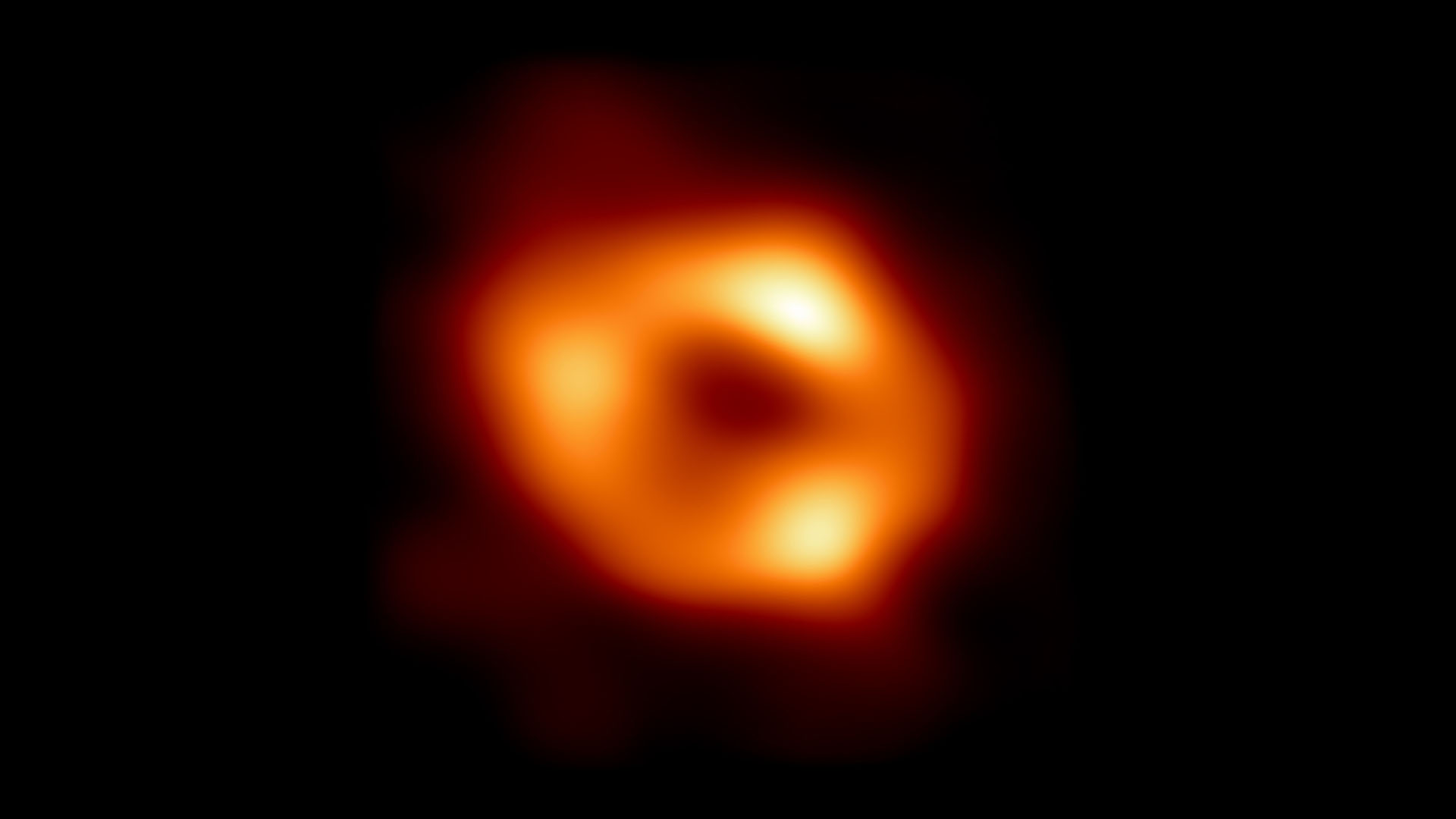Energies, Vol. 16, Pages 3215: Simplified Method for Predicting Hourly Global Solar Radiation Using Extraterrestrial Radiation and Limited Weather Forecast Parameters
Energies doi: 10.3390/en16073215
Authors: Xinyu Yang Ying Ji Xiaoxia Wang Menghan Niu Shuijing Long Jingchao Xie Yuying Sun
Solar radiation has important impacts on buildings such as for cooling/heating load forecasting, energy consumption forecasting, and multi-energy complementary optimization. Two types of solar radiation data are commonly used in buildings: radiation data in typical meteorological years and measured radiation data from meteorological stations, both of which are types of historical data. However, it is difficult to predict the hourly global solar radiation, which affects the application of relevant prediction models in practical engineering. Most existing methods for predicting hourly global solar radiation have issues such as difficulty in obtaining input parameters or complex data processing, which limits their practical engineering applications. This study proposed a simplified method to accurately predict the hourly horizontal solar radiation using extraterrestrial solar radiation, weather types, cloud cover, air temperature, relative humidity, and time as the input parameters. The back-propagation network, support vector machine, and light gradient boosting machine (LightGBM) models were used to establish the prediction model, and Shapley additive explanations were used to analyze the relationship between the input variables and the prediction results to simplify the structure of the prediction model. Taking Lanzhou New District in Gansu Province as an example, the results showed that the LightGBM model performed the best, with the root mean square error of 126.1 W/m2. Shapley additive explanations analysis showed that weather type was not a significant factor in the LightGBM model. Therefore, the weather type was removed from the LightGBM model and the root mean square error was 135.2 W/m2. The results showed that extra-terrestrial radiation and limited weather forecast parameters can be used to predict hourly global solar radiation with satisfactory prediction results.

 1 year ago
31
1 year ago
31

